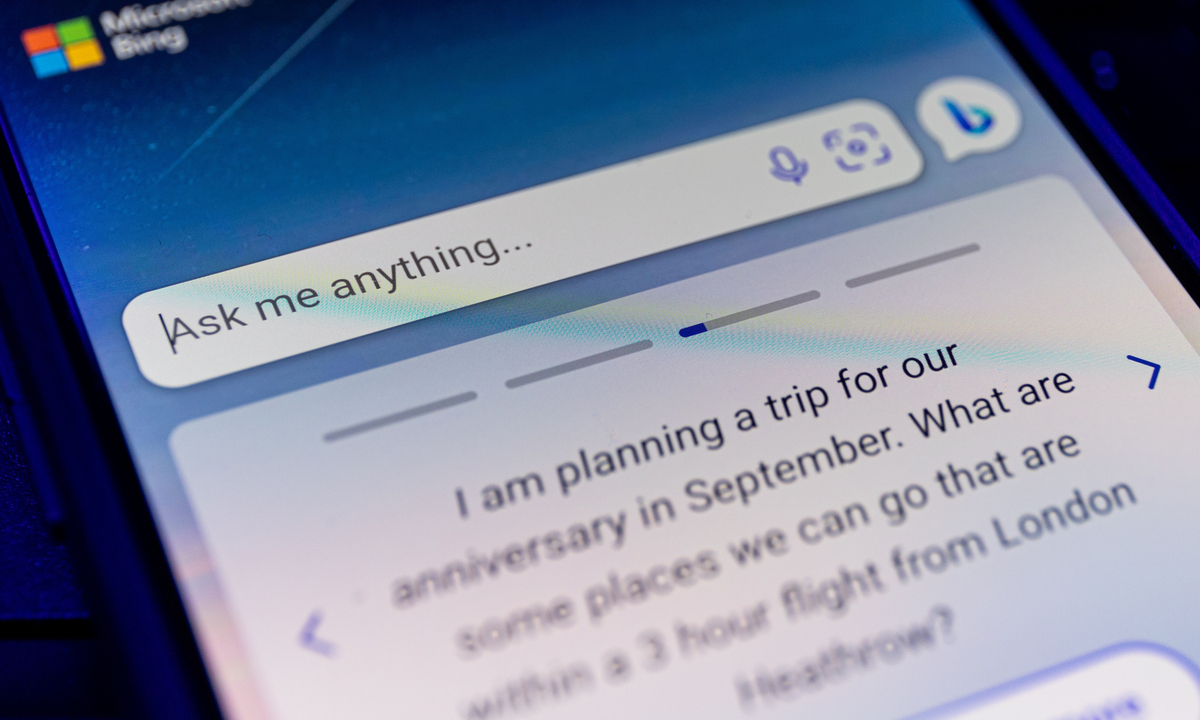Generative AI Reshaping Countless Everyday Consumer Touchpoints

Generative artificial intelligence (AI) isn’t coming. It’s already here.
At this very moment, the technology’s capabilities are already enacting sweeping changes across the ways in which end-users interact with and what they expect from the digital tools that make up much of modern life.
That’s because the latest generation of AI is able to undertake non-closed loop, iterative tasks in real time — a massive upgrade from earlier generations of predictive AI and accompanying machine learning (ML) automations.
Amazon is working to embed the tech’s capabilities within its search function and inventory system, while Google and Microsoft battle it out over who can offer their millions of users the most up-to-date experience across both enterprise and individual product suites.
Read more: Is Generative AI in 2023 as Transformational as Indoor Plumbing Was in 1920?
Elsewhere, startups and mature tech firms alike are increasingly tacking the tech onto their offerings to boost their valuations and streamline efficiencies across operational and back-end touchpoints.
Even fast-food restaurants are leaning in to AI’s moment, with Wendy’s integrating conversational AI into its drive-thru offering.
As generative AI capabilities are integrated into the broader marketplace, observers predict a dramatic change as digital interactions undergo a transformational shift.
In a sign of the changing times, OpenAI, the firm behind ChatGPT, Thursday (May 18) launched a ChatGPT app in the U.S.
Leveraging the Power of AI
Generative AI, unlike predictive AI, can “generate” or create new content such as text, speech, images, music, video and code.
But the state of hype around AI will likely dwindle — fast — if the technology cannot be used for long-term, practical applications across industries that demonstrate its value.
Given how many enterprise operations, as well as day-to-day consumer touchpoints, have significant software components, generative AI will impact, at least in some manner, how businesses engage with their customers, and how they compete with each other, particularly in marketplaces where speed to discovery can give a firm an edge.
See also: The Race to Regulate AI Risks Could Reshape Global Markets
“There is a lot of opportunity to build new user-facing products, or those that better delight users in an existing experience, using AI,” Emily Glassberg Sands, head of information and data science at Stripe, told PYMNTS talking about her company’s use of AI.
That’s because AI will empower firms to tailor all aspects of digital interaction to how the end-user wants it to flow, driving personalization by optimizing the when, what, and how, as well as the ease of any digital interaction.
Questions like, “When am I next free for dinner in July with these three people?” or “What is my availability to fly to California next week for a meeting?” will no longer require users to check their own calendars or search for flights, and can instead be answered in real-time by generative AI applications able to recognize a query, surface the possibilities, and rank them to generate the best answer in a millionth of the time it would take a person to do the same.
Andrew Gleiser, chief revenue officer at payments provider Aeropay, told PYMNTS that one use case he sees for generative AI is integrating it into merchant payment portals to surface compliant information to customers around their own best clients as it relates to metrics, including average order value, overall volume and purchase cadence.
Read more: GPT Takes the Manual Out of Labor in the Industrial Economy
Making Tasks More Efficient
The immediate impact of AI is that knowledge-based work is being increasingly augmented by the technology’s ability to decrease the time cost of various operations.
Amias Gerety, partner at QED Investors, told PYMNTS that at the moment, the most interesting areas where AI is being applied lie in fraud and risk management and underwriting — because those are industries where practitioners are sophisticated and can use AI as tools to get fast answers while ensuring themselves that results are accurate.
In his testimony before Congress earlier this week (May 16), OpenAI CEO Sam Altman gave the real-life example of a dyslexic small business owner who created an AI tool to automate the drafting of professional emails that resulted in several hundred thousand dollars worth of new business.
AI is a tool — not a creature. “It will do tasks, not jobs,” Altman told U.S. lawmakers.
He provided additional examples of how the educational nonprofit Khan Academy is piloting a program that uses GPT-4 to power a personalized virtual tutor for students and a classroom assistant for teachers, while Morgan Stanley is using GPT-4 to power an internal-facing chatbot to help financial advisers better serve their clients, and Weave is using generative AI tools to build a collaboration platform for scientists, specifically focused on breakthroughs in oncology, among other use cases.
The most common use of ChatGPT at the moment is through text-based prompts, but PYMNTS has been tracking how the greenfield opportunity may be to marry speech and commerce.
PYMNTS research has found that there are more than 86 million consumers in the U.S. alone using voice assistants.
As PYMNTS has previously reported, while business interests continue to push AI forward, many academics, technologists and researchers continue to warn about the technology’s danger absent appropriate guardrails around its use — including Google’s own Geoffrey Hinton, who resigned in advance of the I/O conference in order to “speak freely” about the potential risks that widespread integration of the technology may pose.

